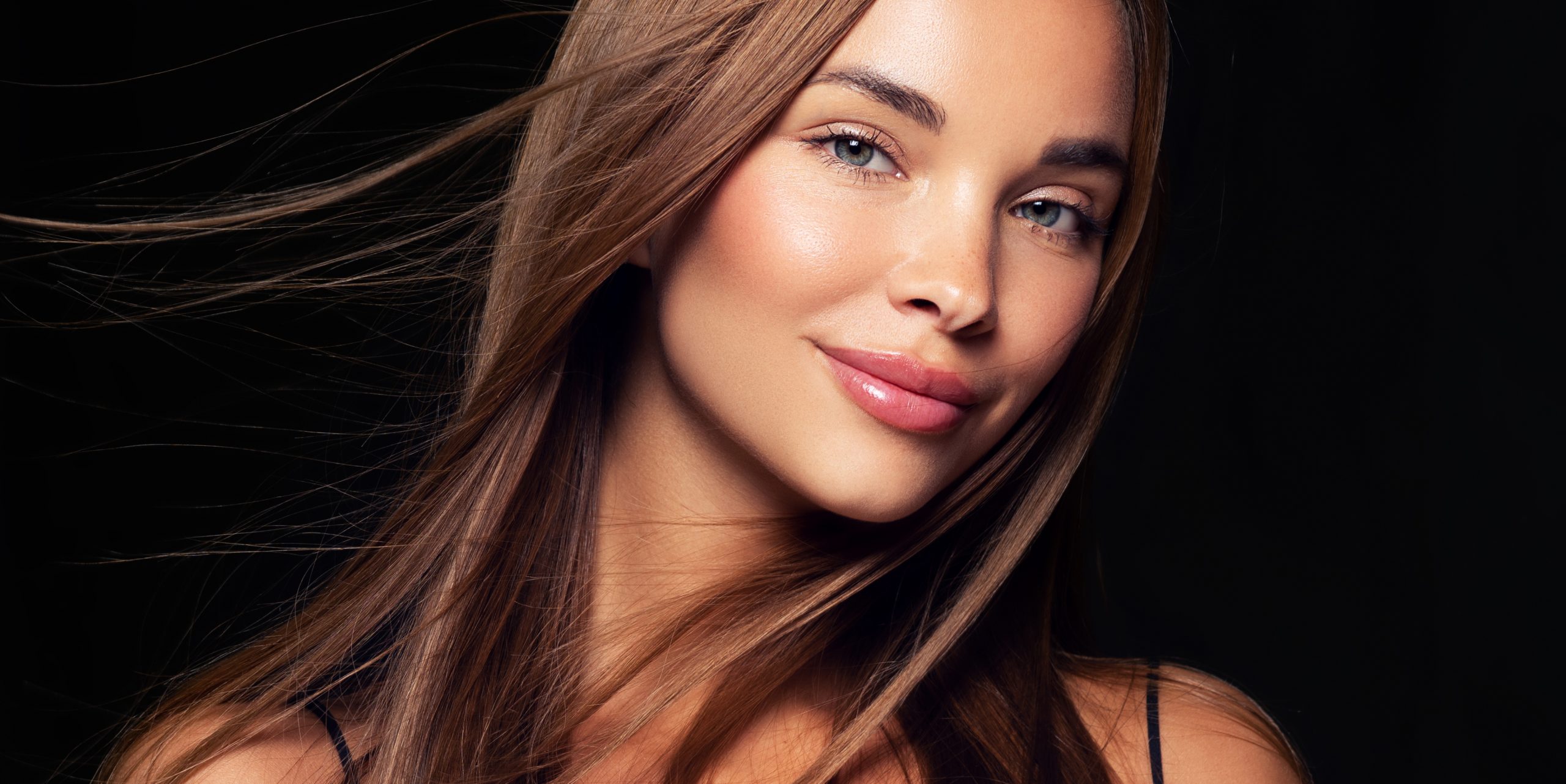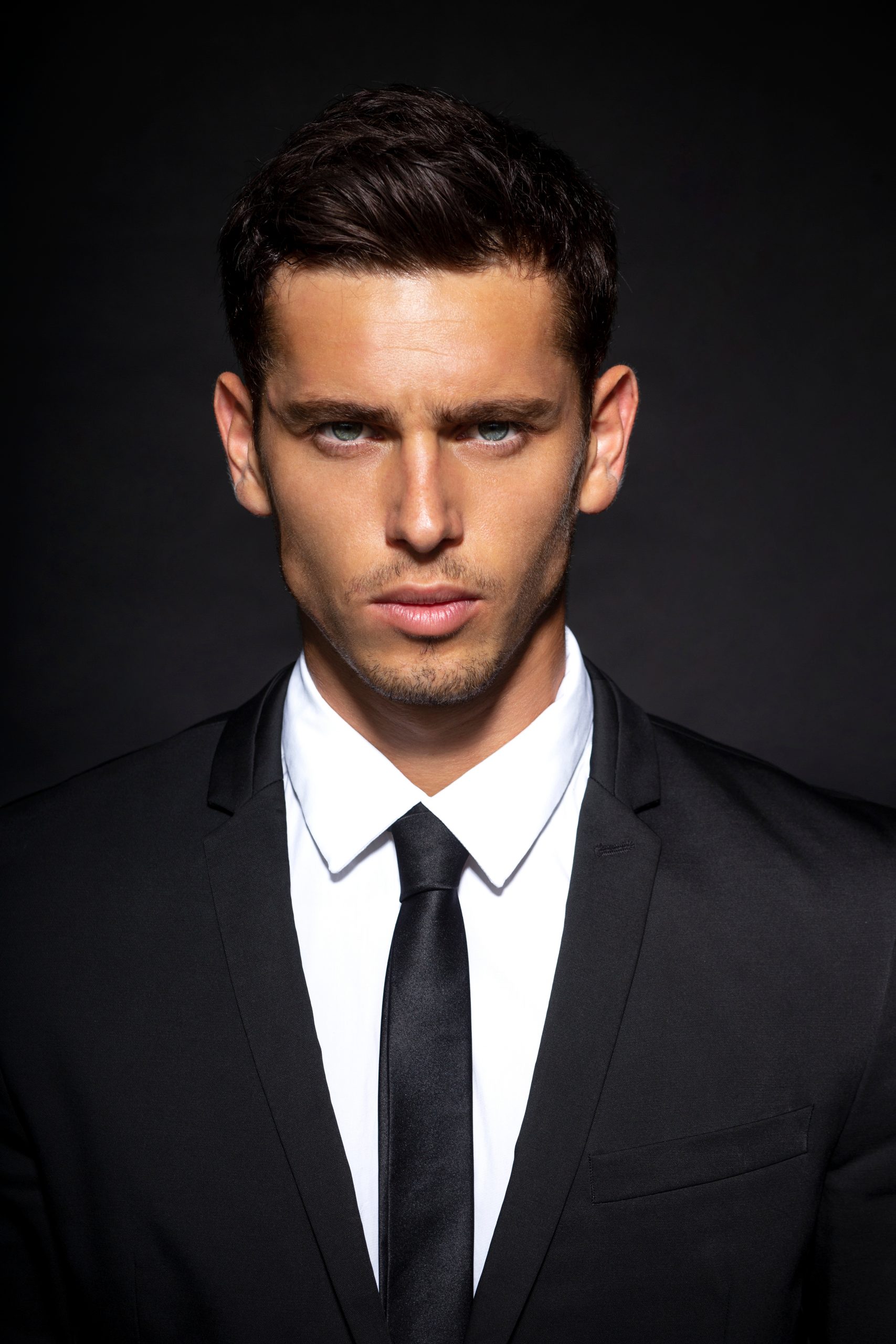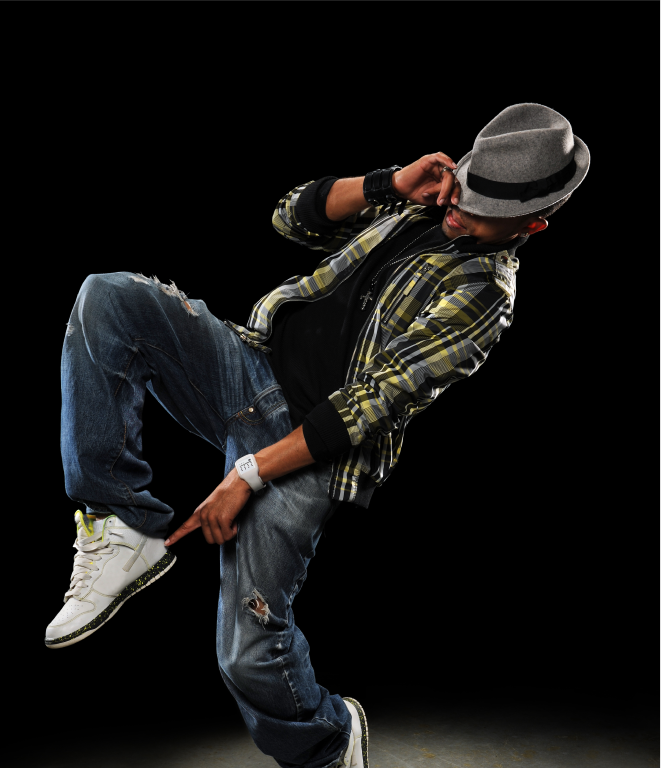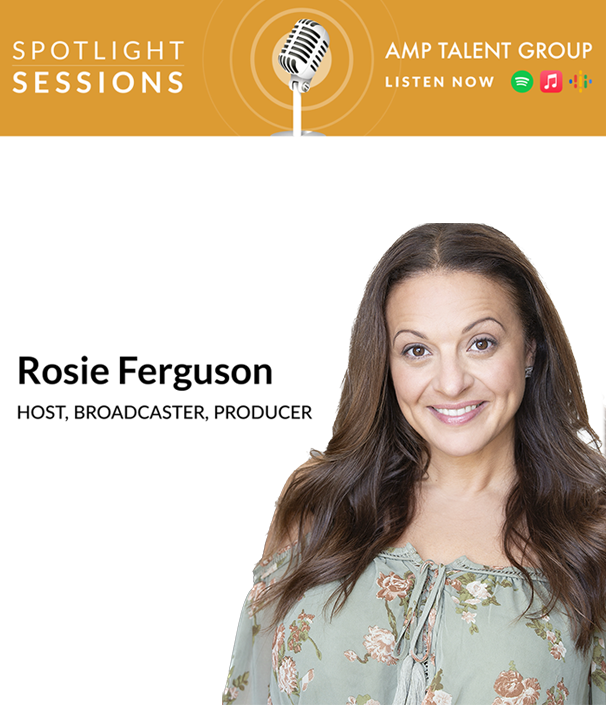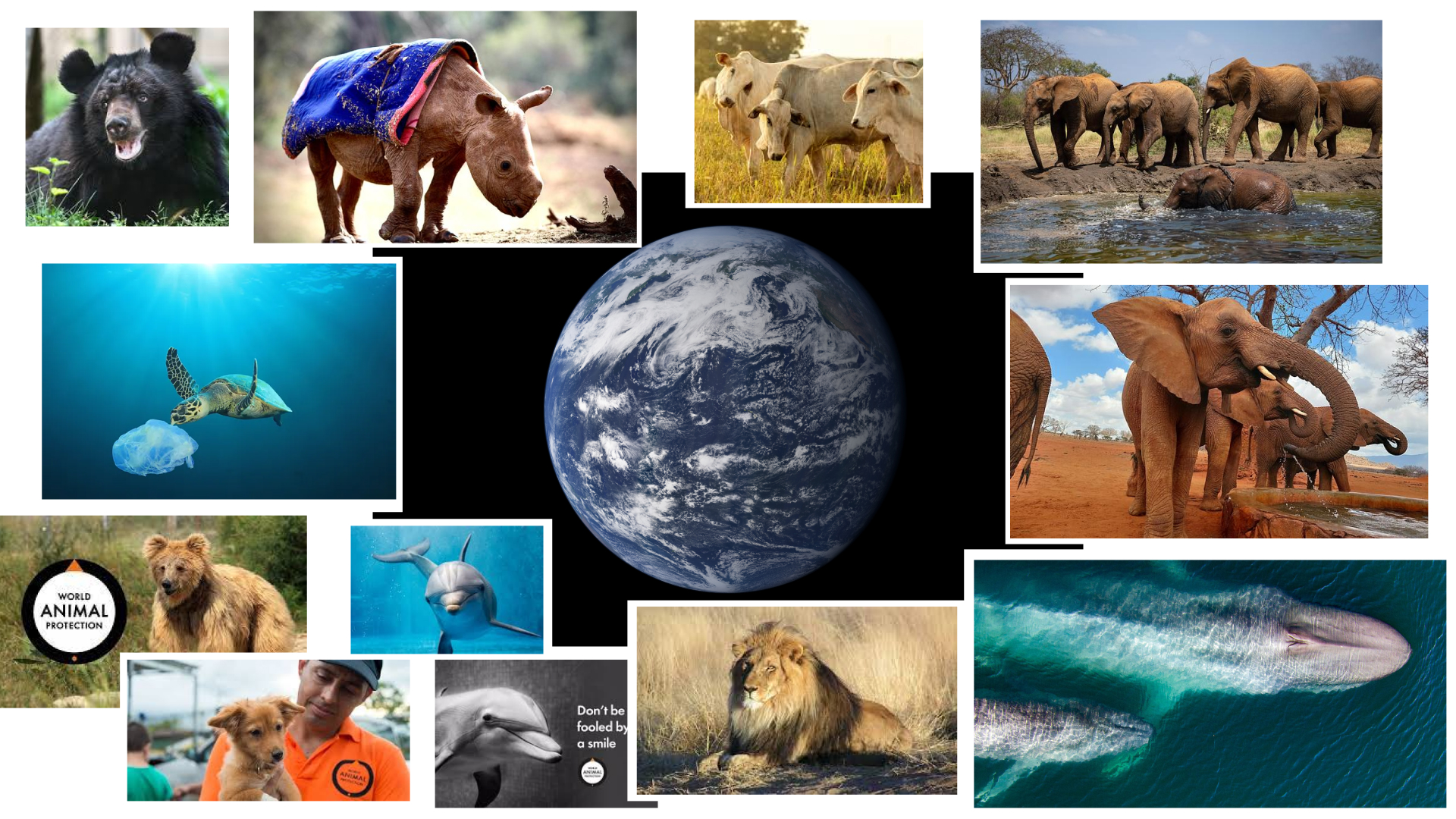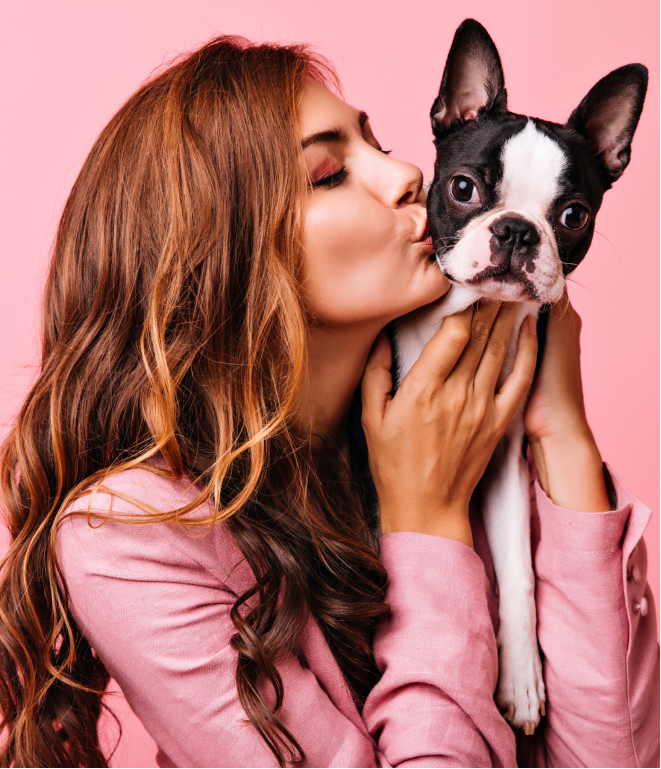Join AMP Talent Group today—and let’s take your fashion campaign modelling career to the next level.
Fashion Campaign Modeling: From Runways to Retail Ads
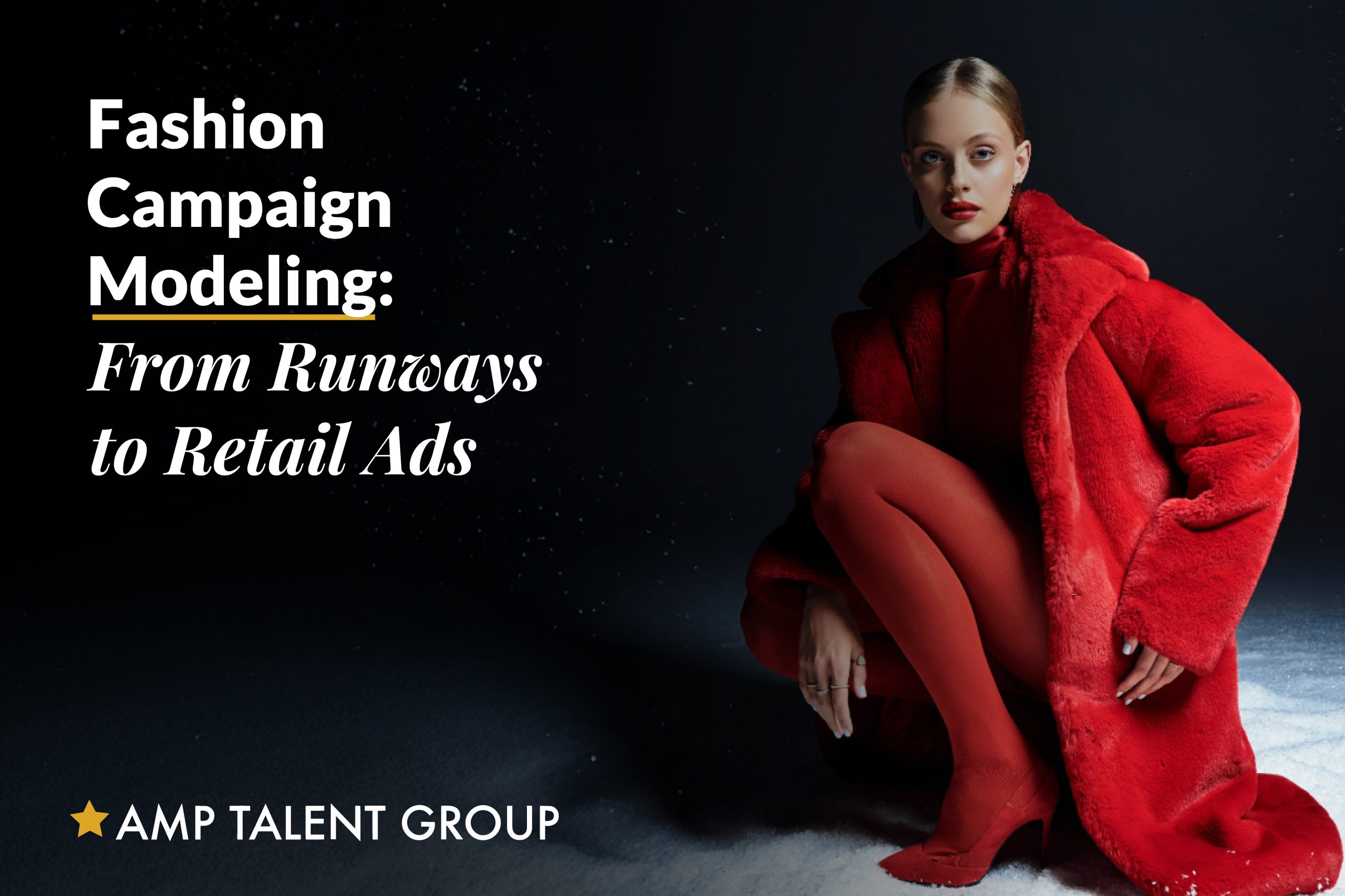
Fashion campaign modeling extends beyond glamorous runways. From editorial spreads in Vogue to lifestyle ads for retail giants, campaign models shape how the world sees fashion. If you want to succeed in this competitive field, you must understand the differences between editorial and commercial shoots, craft a strong portfolio, and prepare for what brands expect. In this guide, we’ll explore every step of fashion campaign modeling so you can confidently submit, book, and grow your career.
What Is Fashion Campaign Modelling?
Fashion campaign modeling involves bringing a brand’s vision to life through powerful imagery and video. Instead of focusing on live presence like runway modeling, campaign work emphasizes capturing emotion, personality, and brand storytelling in stills.
For example, an editorial campaign may highlight avant-garde clothing in a dramatic, artistic way, while a commercial campaign focuses on making everyday fashion relatable and appealing to customers. Therefore, as a model, you need to adapt to both creative expression and market-driven presentation.
Campaigns are often categorized into:
-
Editorial Campaigns (for magazines like Vogue or Harper’s Bazaar)
-
Commercial Campaigns (for retailers like H&M, Zara, or Sephora)
-
E-commerce Shoots (for product catalogues and online stores)
-
Lifestyle Ads (capturing real-world, relatable aesthetics)
What’s the difference between fashion and commercial modelling?
Fashion modelling usually targets high fashion, couture, and luxury editorials, often with artistic or conceptual direction. Commercial modelling is more sales-driven—focused on relatability and mass market appeal for products and retail campaigns.
Editorial vs. Commercial Campaigns
Here’s where many aspiring models get confused. While both editorial and commercial campaigns fall under the umbrella of fashion campaign modelling, they’re vastly different in style, energy, and execution.
Editorial Campaigns
Editorial shoots usually appear in high-fashion magazines and luxury lookbooks. They are bold, creative, and often experimental. More importantly, they set the tone for fashion trends and boost a model’s credibility in the industry.
Commercial Campaigns
Commercial campaigns, on the other hand, focus on accessibility. Brands like Zara or Sephora create ads that feel relatable, highlighting products in everyday contexts. As a result, commercial campaigns usually provide higher pay and consistent bookings compared to editorial work.
Balancing Both
For a long-term career, many models balance editorial prestige with commercial stability. Doing so allows them to gain visibility in fashion culture while securing steady income from retail clients.
What Brands Want in Fashion Models
Brands look for more than beauty when choosing talent for fashion campaign modeling. While looks may capture attention, what truly matters is presence, adaptability, and the ability to visually tell a brand’s story. Casting directors often prioritize unique features such as striking bone structure, freckles, or bold eyes—qualities that make a model memorable in both editorial and commercial work. Just as important, however, is camera awareness: the skill to take direction, hold poses with confidence, and express emotion naturally on set.
Professionalism is another non-negotiable trait. Models who arrive prepared, respect deadlines, and adjust quickly to creative feedback earn a strong reputation and are often booked again. In addition, adaptability across styles—switching seamlessly from high-fashion editorials to approachable lifestyle campaigns—gives you an advantage over those who fit only one niche. Your versatility makes you more valuable to brands that operate across diverse markets.
When it comes to your portfolio, the right mix of images showcases this range. Clean headshots in natural light highlight your features, while full-body shots reveal your proportions and posture. Editorial-style photographs show you can embody fashion concepts with flair, while commercial-lifestyle looks demonstrate relatability for retail campaigns. Together, these elements present you as a model capable of handling the wide spectrum of opportunities within fashion campaign modeling.
How to Prepare Models for Campaign Success?
Fashion campaign modeling isn’t left to chance—it’s strategically built. We understand exactly what top agencies, casting directors, and international brands expect, and we work closely with our models to prepare them for those standards. That preparation begins with personalized portfolio development. We believe a portfolio should do more than showcase a model’s look—it should tell their story. By pairing our talent with leading photographers and stylists, we create editorial-quality images that highlight individuality and resonate with luxury clients. Each shot is carefully curated to make models not just look good, but unforgettable.
Confidence is another cornerstone of campaign success, and it doesn’t appear overnight—it’s developed through guidance and practice. Our training and mentorship programs go beyond the basics, offering runway coaching, posing techniques, and performance workshops that prepare models for the real-world pressures of high-stakes shoots. With industry mentors offering hands-on feedback, our talent learns to move with intention, express emotion authentically, and project a presence that commands attention.
We also believe opportunities should be pursued, not just awaited.
That’s why our team actively matches models with campaigns that suit their aesthetic and strengths. By leveraging our network of casting directors and fashion houses, we make sure our talent is introduced to the right opportunities—whether that’s a bold editorial spread or a sleek commercial campaign. This proactive approach ensures that models are consistently in front of decision-makers who can shape their careers.
Finally, in a world where image and perception matter more than ever, we focus on brand positioning and PR. It’s no longer enough to be a great model; you must also be a memorable brand. From refining social media presence to offering image consulting and publicity support, we ensure our talent stands out in a crowded industry. At AMP Talent Group, we build more than models—we build careers that shine.
Visit our Model Division to see how we support both rising and established talent in achieving campaign success.
Portfolio Must-Haves for Fashion Submissions
Your portfolio is your silent pitch—it either opens doors or gets passed over. When it comes to fashion campaign modeling, your book should feel polished, versatile, and updated with industry standards. A strong portfolio doesn’t overwhelm with dozens of photos; instead, it carefully showcases the best version of you across editorial, commercial, and lifestyle looks.
Here’s what a winning portfolio includes:
-
Clean Headshots that Highlight Your Features: Every aspiring model needs clean, professional headshots. Agencies want to see your natural features without distractions, so keep makeup minimal, lighting soft, and styling simple. Pull your hair back to reveal your bone structure and let your personality shine through. A strong headshot communicates confidence and makes casting directors imagine you in different types of campaigns.
-
Editorial Shots to Show Your Creative Range: Editorial photos are where you show off your creative side. These images should be styled fashion-forward and ideally produced by photographers experienced in editorial work. Including at least two or three of these shots allows you to demonstrate versatility—how you can embody mood, drama, or conceptual storytelling, which is crucial for high-fashion campaigns and magazine spreads.
-
Commercial Looks for Retail Campaigns: While editorial work builds prestige, commercial looks often secure the most consistent bookings. Smiling, candid, and lifestyle-driven images make you relatable to retail brands. Think cozy sweaters, everyday streetwear, or natural beauty campaigns. These photos prove you can transition seamlessly from high fashion into approachable advertising that resonates with wide audiences.
-
Full Body and Profile Shots: Casting teams always want to see your proportions and posture. Full-length shots, taken in simple clothing, give them a clear understanding of your silhouette and presence. Adding profile images also highlights your versatility—some campaigns are built entirely around a striking side view. Together, these shots round out your portfolio and showcase physical balance, which is vital in both editorial and commercial fashion campaign modeling.
-
Polaroids (Digitals) to Meet Industry Standards: No portfolio is complete without polaroids, also called digitals. These unedited, natural photos are taken in basic outfits against a plain background, with no filters or retouching. They reveal how you truly look on camera and are often the first thing agencies and brands request before moving you forward in the selection process. Including strong digitals shows professionalism and preparedness, instantly building trust with clients..
Don’t underestimate the power of layout—clean presentation, consistent sizing, and easy-to-scan sequencing matters. If your portfolio needs a refresh, AMP Talent Group offers guidance and referrals to top creatives who specialize in fashion industry work.
How do I submit for fashion campaigns?
You can submit directly to agencies with your digitals and portfolio or attend open calls. With AMP Talent Group, submissions are streamlined through our casting and brand partnerships. Submit to the Model Division to be considered.
Ready to Step Into the Spotlight?
Fashion campaign modelling is not just about being photogenic—it’s about becoming the visual voice of a brand. From runways to retail, from editorial spreads to digital ads, every campaign needs talent that connects, converts, and captivates.
At AMP Talent Group, we’re more than a modelling agency—we’re your partner in building a career with longevity, impact, and global reach.
Turn your passion into a profession.
Visit our Services page to see how we can support your growth and learn more about our dedicated team on the Our Team page. For tailor-made solutions, head over to our Get a Quote page or Book a Consultation for personalized guidance on maximizing your earning potential in this dynamic market. If you’re ready to amplify your brand’s presence now, reach out directly through our Contact Us page.
